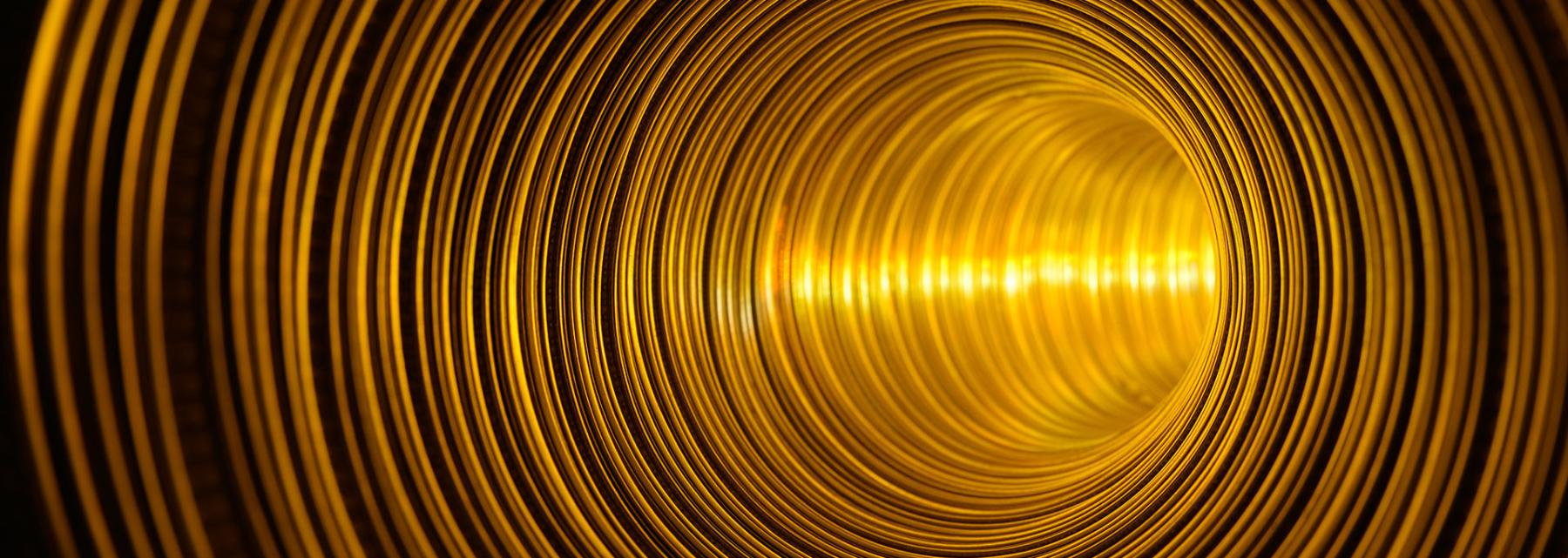
Concert Time
by David Wirth
This a hands on activity that will have the students measure the frequency of a resonating glass bottle by using their cells phones. They will then combine with other groups to play a well known song. Students enjoy this activity and have the opportunity to apply Science, Technology and Math. This lesson is an extension of the lesson “What's your frequency?” Students really enjoy this activity and its pretty cheap to set up.
Lesson Plan Link/URL
https://docs.google.com/presentation/d/1w8y_HVwJ-tX0ue36QeG3_UURmE9uFSCb/edit?u…Subject Area
Science Physical Science P4: Energy Transfer Technology 2. Digital Citizen 5. Computational Thinker 6. Creative Communicator Engineering S3: Apply Mathematics to Engineering S4: Apply Science to Engineering S5: Apply Technology to Engineering Mathematics Expressions and Equations (EE) Functions (F) Reasoning with Functions and Relations (RFR)
Featured
Off
Related Content

Grades:
7th Grade, 8th Grade, 9th Grade, 10th Grade, 11th Grade, 12th Grade
This lesson is a whole unit on energy. It can be broken up into 10 separate lessons. I chose to put them all together so that it was easier to see how I organized them so you did not have to search

Grades:
7th Grade, 8th Grade, 9th Grade, 10th Grade, 11th Grade, 12th Grade
Students will apply principles of design, engineering, and mathematics to create a physical or digital labyrinth inspired by the myth of Theseus. This project integrates STEM concepts with literature

Grades:
8th Grade, 9th Grade, 10th Grade, 11th Grade, 12th Grade
This lesson is an activity to show how projectile motion and many other motions in nature fallow a parabolic curve. Students will manipulate that knowledge and analyze data using small play tanks to